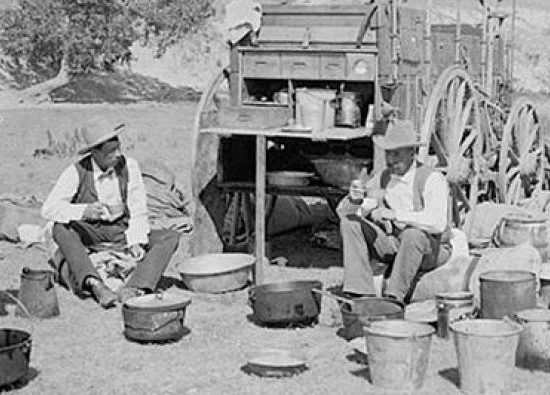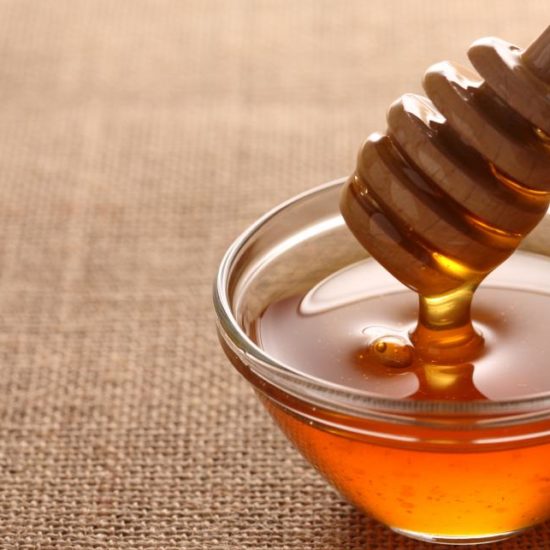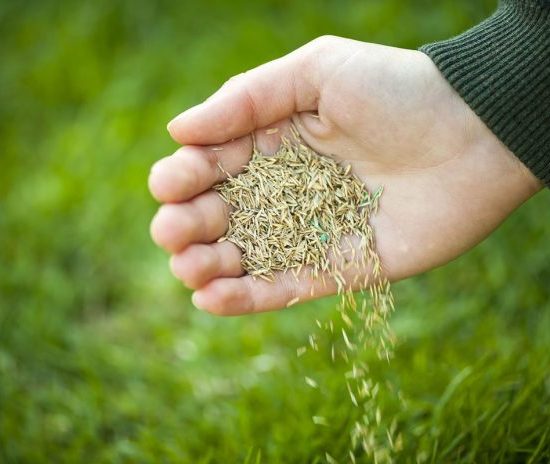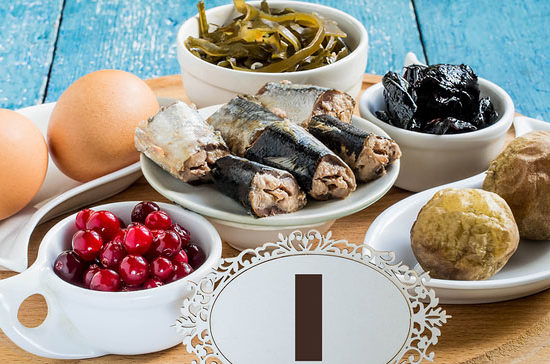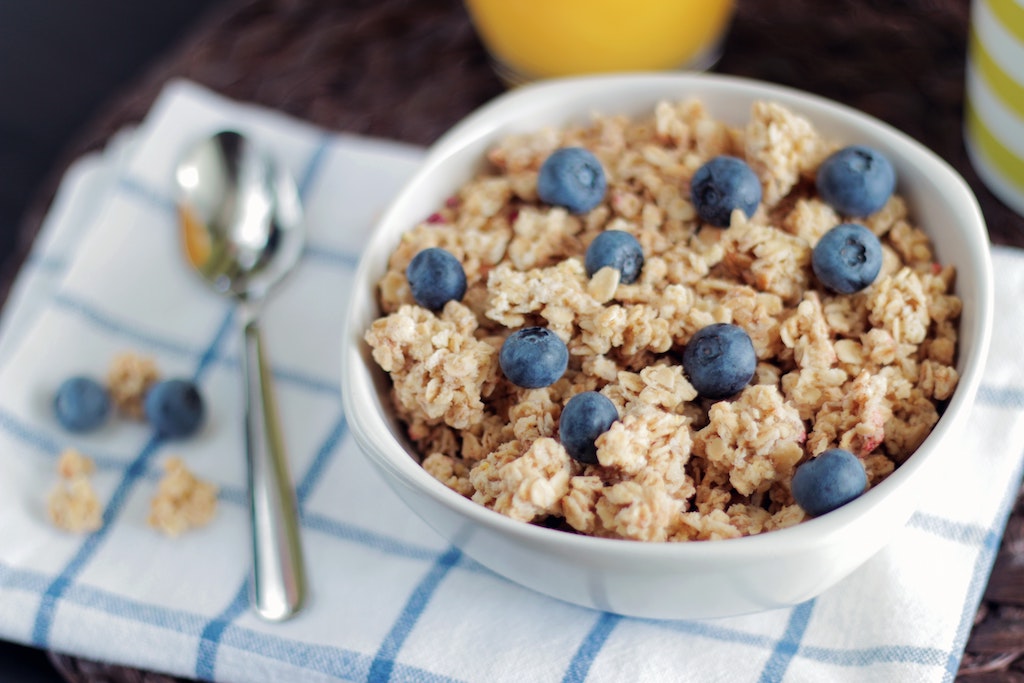
Today we’re talking about Trisodium Phosphate in Cereal.
What’s that, you ask? Let’s find out.
Just the other day, one of my friends tagged me in a Facebook video that REALLY caught my attention.
The video was of a guy walking through the store talking about how there is paint thinner in Cereal!
Yes, he meant it. He was pointing to the ingredients list on a cereal box and showing where it listed “TSP” or “Trisodium Phosphate” as an ingredient, and then he walked over another section of the store and showed how TSP is paint thinner.
YIKES! Paint thinner in cereal?
It sounds like one of those crazy alarmist conspiracy stories about how the government and big corporations are out to kill us by gradually poisoning us to death, doesn’t it?
Like the FDA banning supplements, Raw Milk Raids on Farms, or even the FDA being OK with us eating arsenic?!
Well, I’m here to tell you the truth about yet another theory….that there is trisodium phosphate in cereal.
I Love (as in LOVE) Breakfast Cereal
Make that “loved.”
First of all, let me tell you that I used to LOVE breakfast cereal.
I was so broke when I was in college. I literally lived off of almost no money and always shopped off of the bargain produce shelves and just made do. Whenever I would come home on break, it was just amazing being able to go into the kitchen and eat all kinds of things I couldn’t afford when I was as school.
And a big part of that was–cereal!
I would run to the kitchen and indulge in whatever was there, but I ALWAYS (much to my mother’s chagrin) made a bee line for the breakfast cereal.
And I ate a lot of it.
But since then, times have changed. I’ve had to revamp my diet (and my family’s diet too) due to issues with gut health issues, and so now breakfast cereal isn’t in our home any longer–with very few exceptions.
I guess I really do still LOVE breakfast cereal, but it doesn’t love me back.
Even if you don’t eat breakfast cereal, and have moved on to healthier choices like this Cream of Rice Cereal or Buckwheat Granola…or even something like this Dairy-free Quiche), or if you are eating more natural versions, this is about more than just breakfast cereal.
Paint Thinner / Trisodium Phosphate in Cereal
TSP is Trisodium Phosphate.
And you can find it in some breakfast cereals.
It’s something that the FDA has approved to be used in your food.
Just so ya’ know, I don’t think something is fine just because the FDA says it is. And I don’t just assume that just little bit of TSP is OK just like a little bit of asbestos in our food is OK. The FDA seems to think that supplements should be banned too.
Um….not OK.
Because you might just be getting more than a little. And who wants a lot of Trisodium Phosphate in their cereal? Not this girl. No thank you.
So let’s walk through this step by step.
What is TSP / Trisodium Phosphate?
Is TSP paint thinner?
Well contrary to what the guy in the grocery store in the video that I saw said, it’s not–but it is an active ingredient in paint thinner.
Trisodium phosphate (TSP) is an industrial cleaning product. It’s used as a degreasing agent, mildew remover and lead abating agent and is also used to clean interior and exterior walls before painting. According to Snopes (I write about them later, it’s pH is”comparable to bleach”.
YUCK.
Maybe I should retitle this post “Is There BLEACH in Your CEREAL?!”
Because of its alkalinizing cleaning properties, TSP was used in dishwashing soap and laundry detergent until it was phased out in 2011 after the EPA found it was harmful to the environment. The Clean Water Act, published by the EPA, lists TSP as a “Hazardous Substance” while the Center for Disease Control (CDC) recommends to “Avoid All Contact.” The CDC lists these TSP ingestion symptoms: abdominal pain, burning sensation, shock, or collapse.
Doesn’t sound too good.
Why is there Trisodium Phosphate in Food?
TSP is most commonly used to reduce the acidic nature of foods, especially breakfast cereals, as it modifies cereal color and aids in the cereal’s flow through the extruder. Other uses are:
- Added to meat to retain moisture during storage and cooking.
- Acts as a leavening agent to “fluff up” foods like cakes, breads and baked goods.
- Added to cheese to help keep its shape and melting properties.
TSP is also used as an antimicrobial cleaner for washing produce. Poultry is dipped in a TSP solution to potentially kill off bacteria.
Basically, TSP gives food a nice texture so it can withstand sitting on the grocery store shelf for months until you pick it up and take it home.
That’s one reason to not buy food that can sit on the shelf for a long long time and still look great. Food shouldn’t be able to do that, you know?
Should You Avoid Trisodium Phosphate in Food?
Studies have shown that ingesting high levels of phosphate (the major mineral in TSP) can cause:
- kidney damage
- soft tissue calcification and
- removal of calcium from bones.
- Chronic high levels of phosphate intake can result in osteopenia and ultimately osteoporosis.
- TSP also irritates the stomach and intestinal lining as well as reduces lactic acid in muscles.
I, for one, do not want kidney damage, soft tissue calcification, removal of calcium from my bones (hello osteoporosis?!?!?), or irritated stomach and intestinal lining.
But how much is too much?
And is there a too much???
What Foods Commonly Contain TSP?
Breakfast cereals seem to be the products that most commonly contain TSP. However, you may also see Sodium Phosphate, Disodium Phosphate or Tripotassium Phosphate on the label instead of just the typical Trisodium Phosphate.
These also can cause the same health problems as TSP so you really need to keep your eyes open.
So many products might contain TSP. Here’s a list of common offenders.
- Breakfast Cereals*
- Lunchmeat
- Ham
- Other processed meats
- Processed cheese
- Cheese sauces
- Rice syrup
- Canned soups
- Cake mixes
- Bread
- Pizza dough
- Other baked goods
- Toothpastes for adults, kids and babies
- Mouthwash
- Hair coloring and bleaching products
* Some cereals have either trisodium or tripotassium phosphate (TPP). TPP is just as harmful as TSP.
Note–the items on these lists are ALL processed foods. So if you are eating a whole foods diet, then you shouldn’t be ingesting that much paint thinner :).
HOWEVER, note that there are some personal care products on the list as well.
It’s SO important to not only think about what you are eating, but what you are putting on your body.
These posts on Heavy Metals in Cosmetics and Haircare Ingredients to Avoid and the Dangers of Fragrances show that there is way more than just TSP and TPP to worry about when it comes to toxins in your personal care products.
How Much TSP is Safe In Food?
There is LOADS of conflicting information about what a “safe” level of TSP is in food. Some say that the FDA says that 70 mg of TSP is the most TSP that one should ingest per day.
Then other articles state that the FDA has approved 70 mg/kg of body weight as the maximum tolerable limit of TSP that a person should ingest per day. (For a 150 lb person, this translates to 4,772 mg/day).
So that’s a lot of TSP.
Actually, the precise amount of TSP in cereal isn’t known, but the FDA “thinks” it’s safe enough for manufacturers to decide on their own. This is the same FDA that shuts down probiotic companies because they claim to have a health benefit and that thinks arsenic in chicken is OK. Remember, the FDA has plenty of drugs that were approved and were later found to have terrible health effects.
Do you see my concern? It doesn’t sound that scientifically based if they don’t even know what they are talking about. What is a reasonable risk if you can’t even find any info about how much is in there or how much is safe? What do you think?
What I do know, is that I would prefer to just not eat this.
So no thanks to 70 mg or 1 mg. I just would rather not eat it.
With all of the sources of Trisodium Phosphate in food, if you are eating a lot of processed food and using conventional personal care products, you have no idea if we’re ingesting more than the maximum tolerable limit. So just to be safe, stay away from all foods containing TSP.
The Toxicity Burden Lie
It’s important to remember that the toxic burden on our bodies isn’t just about one ingredient.It makes NO sense to say “the FDA says that X amount of TSP is safe and the X amount of BHT is safe and that X amount of arsenic in chicken is safe” and just go about your merry way eating paint thinner, Cancer-causing BHT and arsenic-laced chicken day in and day out.When thinking about the toxic load that these products have on our bodies, you need to think about them in conjunction with each other. You are not JUST eating TSP, you are eating TSP, BHT, and arsenic, while you are spraying artificial fragrance on your body and injecting yourself with vaccines that have all kinds of suspect additives in them.It all adds up to a toxic burden that can cause all kinds of health problems including autism, eczema, autoimmune disease, cancer, allergies, and more.
Snopes’ Take on Trisodium Phosphate in Cereal
So likely you are familiar with Snopes. This couple has basically set themselves up as, and is highly regarded as, experts on all things. Snopes writes posts on all kinds of things from political issues, historical events, and even, yes–paint thinner in cereal.
If you’re looking on the internet to see if Trisodium Phosphate in Breakfast Cereal is a big deal or not, you will find that Snopes says–No. Trisodium Phosphate in Breakfast Cereal is just no biggie.
They acknowledge that TSP is used as a paint thinner but they claim that just because something is used for something that seems caustic like thinning paint, doesn’t mean it’s toxic. They then compare TSP to sodium bicarbonate (baking soda), stating that if you’re OK eating baking soda (and most of us are), then you should be OK eating TSP.
Well, the only problem is that baking soda and TSP are not the same thing and one of them is more dangerous than the other. (sources: 1, 2, 3)
And as I mentioned, Snopes says that TSP’s pH is like bleach. So just because they rank the paint thinner claim as false, that doesn’t mean that I want this in my cereal, amiright?
Conclusion
Even if we all agree that TSP is FINE (and I’m not so sure that it is), most cereals and processed foods are still NOT fine in my book.
Most breakfast cereals are full of:
- sugar
- white flour of some sort
- preservatives (some even have that uber toxic, cancer-causing BHA and BHT in them. Just no thanks.)
And it’s all extruded at very high pressure to make cute shapes ala Lucky Charms, Froot Loops, Cocoa Puffs, etc. Fun to eat, but there is damage done to the grains at those high temperatures and pressures so that they cause lots of inflammation in you when you eat them.
Yes, Cheerios (or, fill in the blank with any other traditional breakfast cereal) are JUNK!
And processed foods are basically almost all in the same camp. Doesn’t mean we don’t occasionally enjoy some organic crackers or chips, etc., but that is for sure the exception and not the rule.
While this TSP in cereal / TSP in food maybe isn’t a BIG issue, it’s an issue.
Since I wasn’t able to find real documentation anywhere about how much Trisodium Phosphate in food is really supposed to be OK to ingest, I think it’s best to avoid it.















